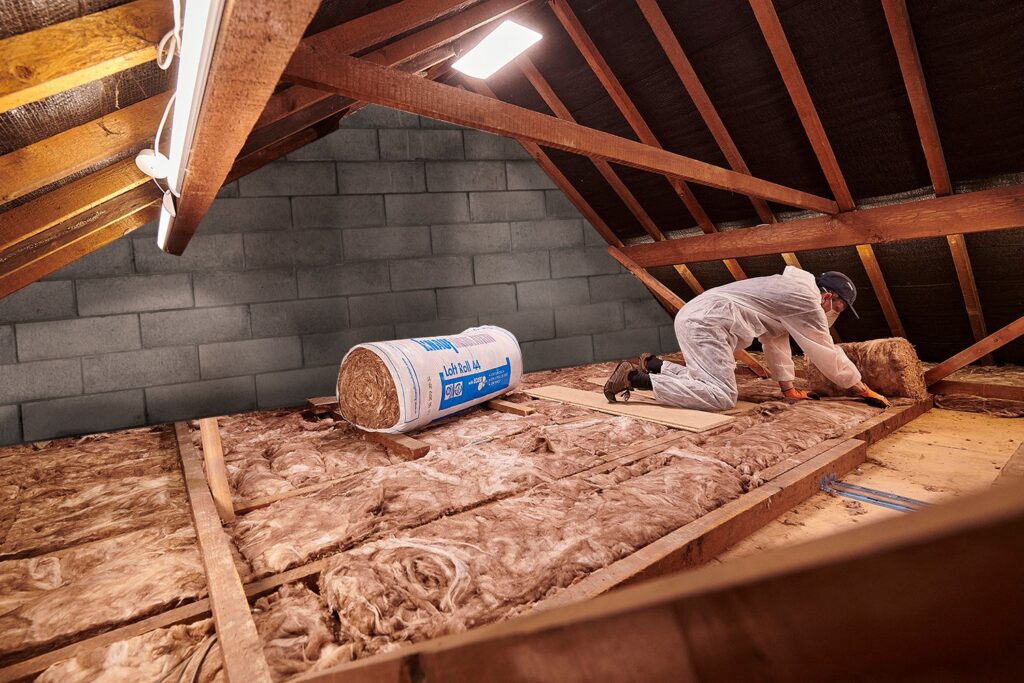Welcome to our comprehensive guide on effective crawl space encapsulation. If you’re looking to improve your home’s air quality, prevent moisture damage and enhance energy efficiency, encapsulating your crawl space might be the ideal solution. With the right approach, this can markedly decrease issues like mold growth, structural degradation, and high utility bills.
This post will cover essential tips and delve into the complexities of encapsulation procedures, ensuring you have all the information to make informed decisions for your home. Let’s explore how a properly encapsulated crawl space can benefit your living environment and potentially increase the value of your property.
Understanding Crawl Space Encapsulation
The process of crawl space encapsulation involves covering your crawl space with a heavy-duty polyethylene barrier. This fully seals off the ground from your home, keeps out moisture and pests, and helps regulate indoor temperatures. Engage with services like Expert Crawl Space Encapsulation in Greenville to ensure professional handling and installation. It’s crucial to assess the current state of your crawl space and determine whether additional measures such as drainage or dehumidifiers are needed alongside the vapor barrier.
This procedure not only protects against moisture and pests but also substantially reduces energy costs by stabilizing indoor temperatures. Properly executed encapsulation can lead to improved home comfort, offering a clean and dry environment which is less conducive to allergens.

Choosing the Right Materials
Selecting appropriate materials is crucial for effective crawl space encapsulation. The thickness and durability of the vapor barrier are key factors in its efficacy in moisture control. A typical recommendation is a minimum of 10-mil thick polyethylene sheeting, though you may opt for thicker materials for added durability. Also consider whether barrier materials are treated with antimicrobial properties to further guard against mold growth.
In addition to the barrier itself, it’s wise to consider insulation options for the crawl space walls rather than simply placing it between floor joists. Closed-cell spray foam insulation not only adds insulating properties but also contributes to moisture control by sealing potential air leaks.
Moisture Control Techniques
Effective moisture management is one of the primary goals of crawl space encapsulation. Before installation of a vapor barrier begins, it’s imperative to address any existing water accumulation issues—be it from ground moisture or external leaks. Installing a proper drainage system that directs water away from your foundation is an essential step prior to encapsulation.
Additionally, a well-functioning dehumidifier tailored for crawl space environments can be invaluable post-encapsulation to maintain low humidity levels consistently. Continuously monitoring humidity after encapsulation will help ensure that moisture levels remain in check, preventing any long-term damage or mold proliferation.
Maintenance and Inspection
Once your crawl space has been successfully encapsulated, regular maintenance and inspection become vital components in upholding its integrity. It’s recommended that you inspect the space at least once a year for any signs of wear or damage to the vapor barrier. This also includes checking for any new sources of moisture or breaches in the barrier which can compromise its effectiveness.
Paying close attention to the equipment installed within your crawl space—such as pumps or dehumidifiers—ensures they continue functioning optimally, further protecting your investment by preventing unnecessary repairs or modifications.
Professional Help vs. DIY
Encapsulating a crawl space can range from straightforward to highly complex based on individual home characteristics and local environmental conditions. For most homeowners, hiring qualified professionals offers both peace of mind and guarantees that all aspects of encapsulation—from material selection and installation to maintenance—are handled expertly.
Determining if you should take a DIY route entails a thorough assessment of your skills, understanding of building science principles involved in encapsulation, and ability to access tools required for installation. While DIY may initially seem cost-effective, an improperly encapsulated crawl space can create rather than solve problems in the future.
To conclude, effective crawl space encapsulation has far-reaching benefits for any homeowner from health advantages due to improved air quality to potentially significant energy savings. Starting with comprehensive planning that includes priorities like moisture control and choosing quality materials ensures long-lasting protection and efficiency.
While enlisting professional assistance often involves higher upfront costs, having expert guidance leads to better long-term benefits ensuring that what lies beneath your feet adds value above—culturally aiding in healthier living spaces and structurally fortified homes against environmental challenges.
